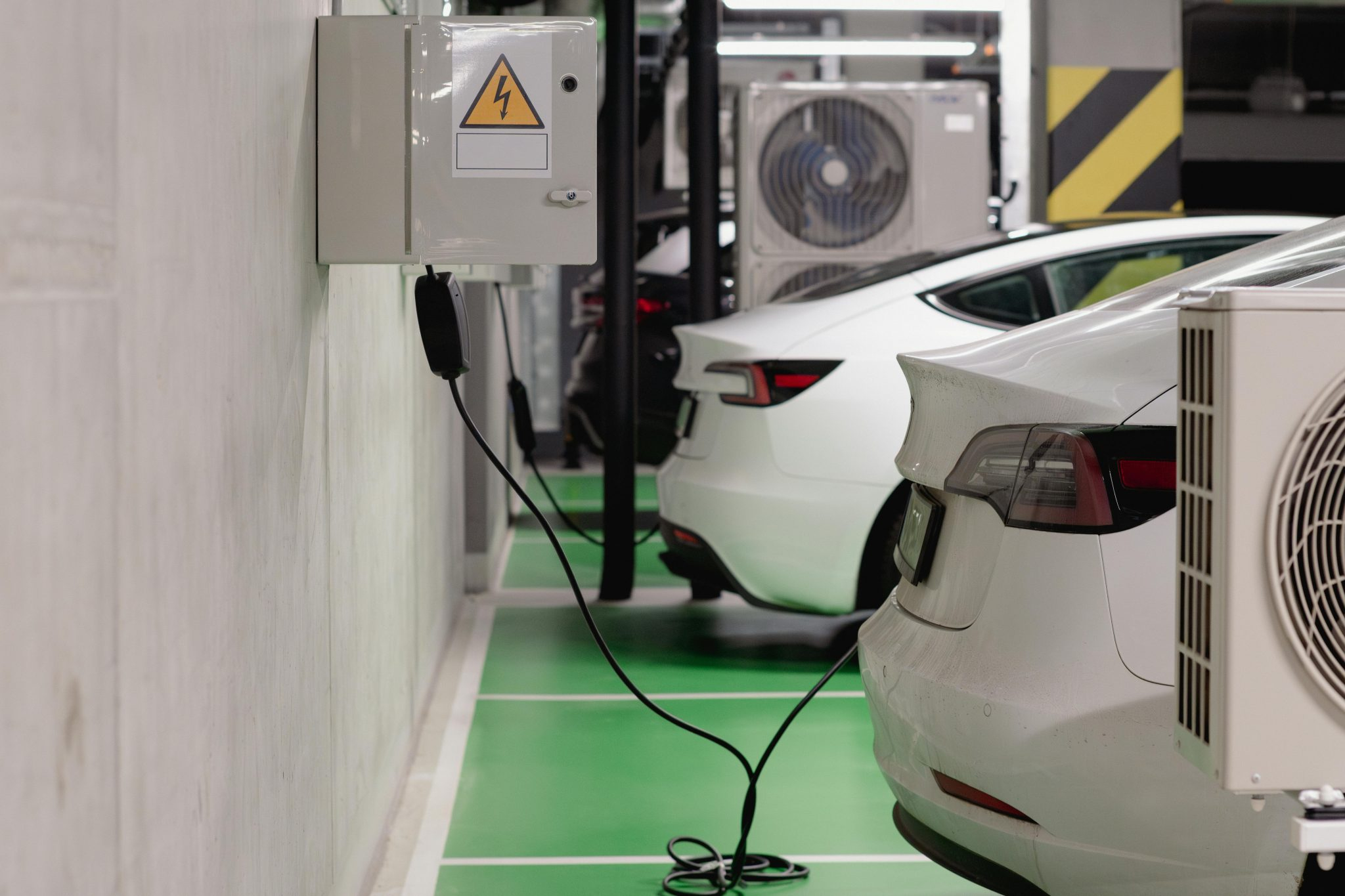Wireless Charging Pads Simplify EV Ownership
As electric vehicles (EVs) continue to gain popularity, one of the biggest obstacles for potential owners is the hassle of finding charging stations and dealing with the inconvenience of constantly plugging and unplugging their vehicles. But what if there was a solution to simplify EV ownership? Enter wireless charging pads, the latest innovation in EV technology that is revolutionizing the way we power our electric vehicles. In this article, we will explore how wireless charging pads are making EV ownership a breeze and why they are becoming a game-changer in the world of sustainable transportation. 
The Rise of EVs and the Need for Convenient Charging
Over the past few years, there has been a significant increase in the demand for electric vehicles. With growing concerns about climate change and a focus on reducing carbon emissions, more and more people are turning to EVs as a greener and more sustainable mode of transportation. However, as the number of EVs on the road increases, so does the need for convenient and hassle-free charging options.
Currently, most EV owners rely on charging their vehicles at home or searching for public charging stations. While home charging is a convenient option, it requires installation costs and may not be feasible for individuals without access to a garage or parking space. On the other hand, public charging stations are often limited and can become a daunting task to locate, especially on longer journeys. This is where wireless charging pads come into play, providing a seamless and effortless charging experience for EV owners.
How Do Wireless Charging Pads Work?
Wireless charging pads, also known as inductive charging pads, use a magnetic field to transfer energy from the pad to the vehicle. The pad is connected to an electrical outlet and placed on the ground, making it easy to park your EV directly over it for charging. The EV’s receiver then converts the magnetic field from the pad into electrical energy, charging the vehicle’s battery without the need for any wires or plugs. This means that you can simply park your EV over the pad and it will automatically begin charging. It’s as simple as that!
The Benefits of Wireless Charging Pads for EV Owners
Convenience
The most obvious benefit of wireless charging pads is the convenience they offer. With no need for cords or plugs, EV owners can simply park their vehicles and let the pad do the rest. This means no more fumbling with cables in the rain or searching for a charging station on a long road trip. Wireless charging pads bring a new level of convenience and simplicity to EV ownership.
Time-Saving
Another significant advantage of wireless charging pads is the time-saving factor. Traditional charging methods can take hours to fully charge an EV, which can be a major inconvenience, especially for those with time-sensitive schedules. Wireless charging pads, on the other hand, are designed to charge at the same rate as traditional methods, but without the hassle of plugging and unplugging. This means that EV owners can save time and easily fit charging into their daily routines.
Efficiency
Using wireless charging pads also has a positive impact on EV battery life. As there are no cords or plugs involved, there is less wear and tear on the vehicle’s charging port, ultimately resulting in a longer-lasting battery. This is not only beneficial for the owner in terms of cost savings but also has a positive environmental impact by reducing the need for frequent battery replacements.
Clean and Aesthetic
Wireless charging pads eliminate the need for visible wires and plugs, making them a cleaner and more aesthetically pleasing option compared to traditional charging methods. This is particularly beneficial for EV owners living in apartments or those who want to keep their garage or driveway looking neat and tidy.
The Future of EV Ownership with Wireless Charging Pads
With the fast-growing EV market, the demand for wireless charging pads is expected to increase in the coming years. As technology continues to evolve, we may see more wireless charging pads being integrated into public spaces such as parking lots, shopping centers, and highways, making it even more convenient for EV owners. Additionally, advancements in wireless charging technology may allow for faster charging rates, increasing the feasibility of using EVs for long-distance travel.
Conclusion
There’s no denying that wireless charging pads have simplified EV ownership. With their convenience, time-saving, efficiency, and aesthetic benefits, they have become a game-changer for electric vehicle owners. As technology continues to advance, we can expect to see more innovative developments in wireless charging technology, making the switch to sustainable transportation even more seamless. So, if you’re considering going electric, rest assured that wireless charging pads will make your EV ownership experience effortless and hassle-free.










